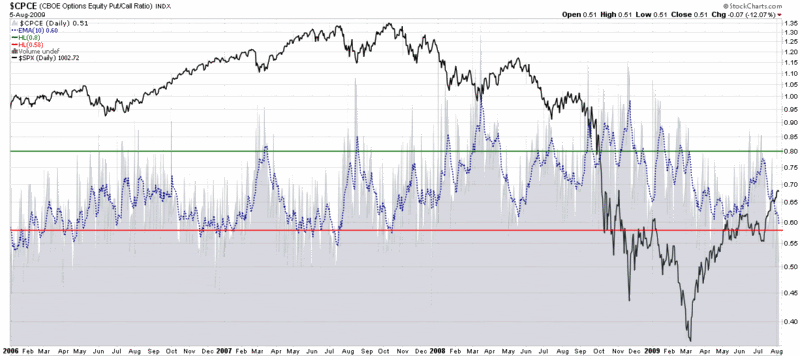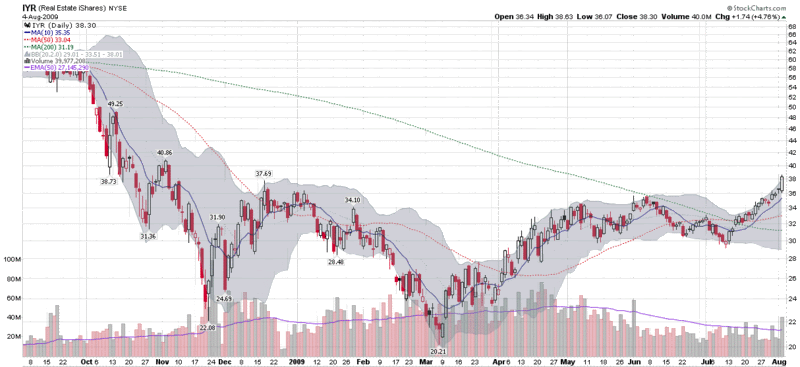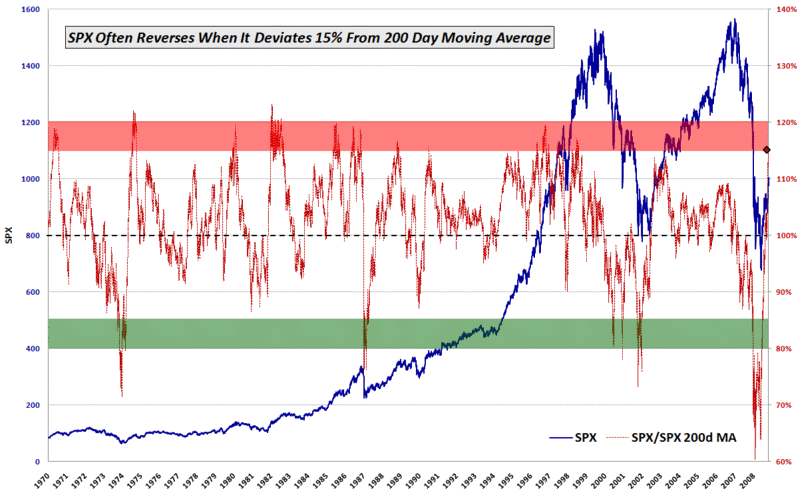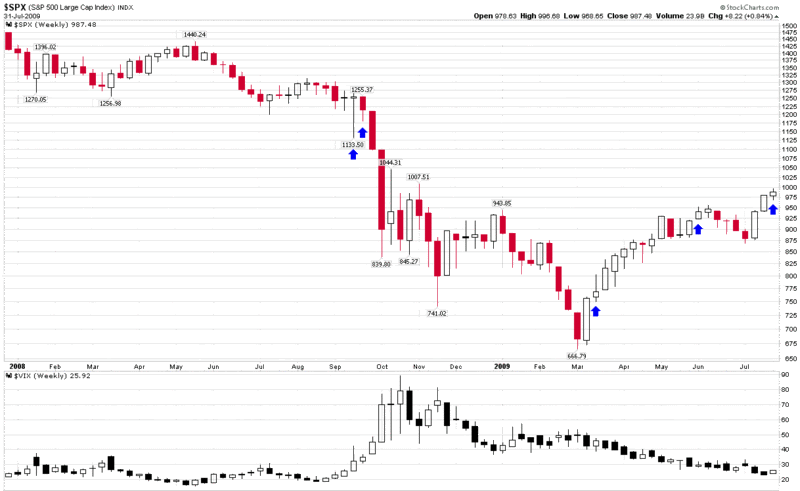JunkDEX Component Performance
I am delighted to see that JunkDEX Tracks Speculative Frenzy in Financials and the JunkDEX itself appear to have hit a nerve and have generated such positive feedback.
To some extent, one could argue that the selection of the individual components of the JunkDEX was done in a somewhat arbitrary fashion and consequently, the performance of the index is somewhat biased by the hand-picked issues that tell a particular story.
I already mentioned the exclusion of Freddie Mac (FRE), largely because the company’s business, financial history and stock performance is so similar to that of Fannie Mae (FNM). I also looked at Lehman Brothers (LEHMQ), which gave us the LEHVIX, among other memories. LEHMQ was up 200% on Friday and is up another 50% so far today. I even toyed with the idea of General Motors (MTLQQ), but as both of these issues trade on the pink sheets, I did not want to venture into that netherworld.
For some historical context, I thought it would be helpful to provide some individual component performance charts for the JunkDEX. The first chart covers the full span of the JunkDEX, dating back to the beginning of 2009. It shows particularly strong performance on the part of Fannie Mae and American International Group (AIG):
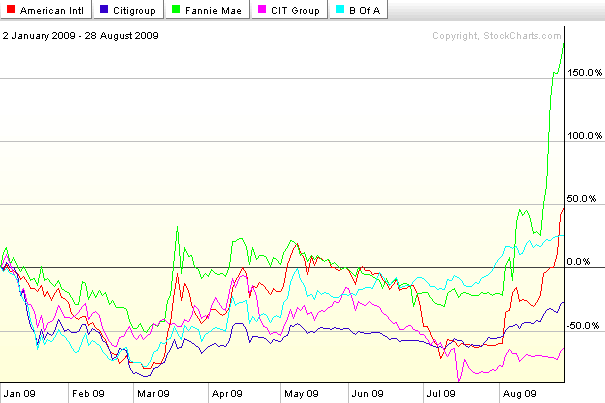
The second chart reflects performance in each of the five components over the course of the last five weeks. Given the relatively short time frame for this data, I find the percentage changes to be even more interesting. While FNM and AIG are still the top performers, both Citigroup (C) and CIT Group (CIT) have doubled during this period. Bank of America (BAC), which is weighted down by a market cap of $153 billion, is considerably less nimble, yet still has a gain of 37% in the past five weeks:

In today’s trading, AIG is down 11.5%, FNM is down 5.4% and only CIT is showing a gain.
[graphics: StockCharts.com]
[Disclosure: short AIG at time of writing]
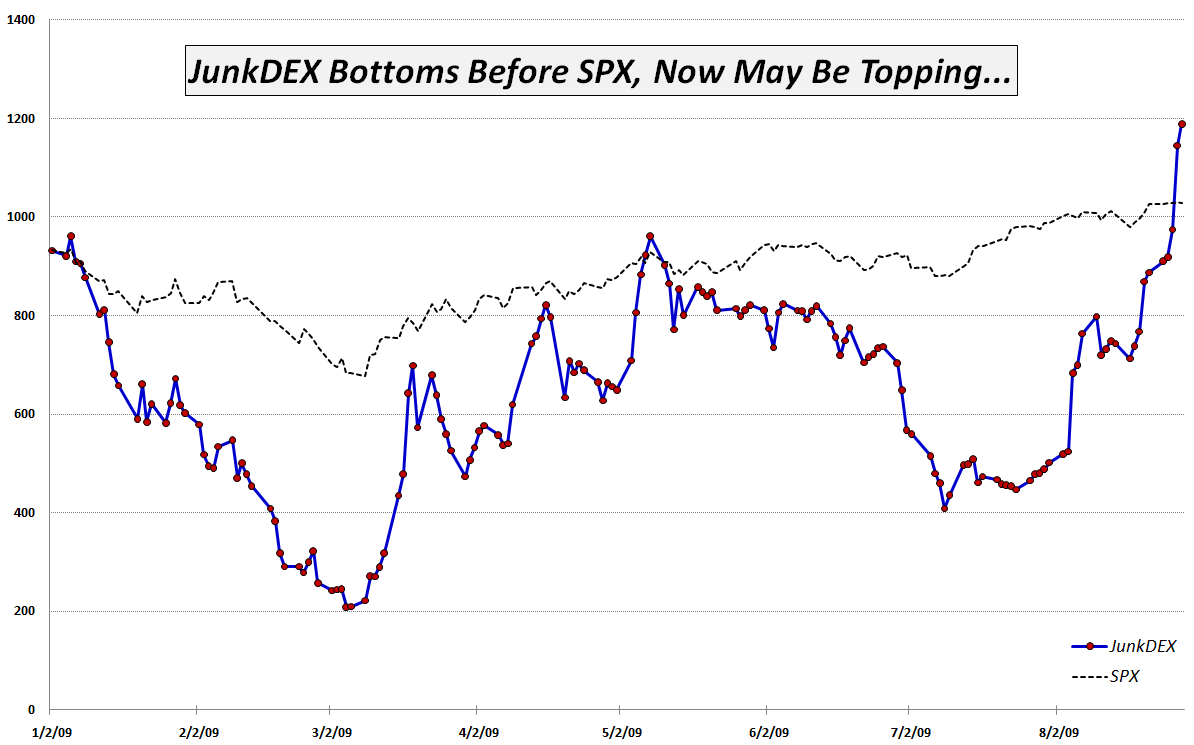
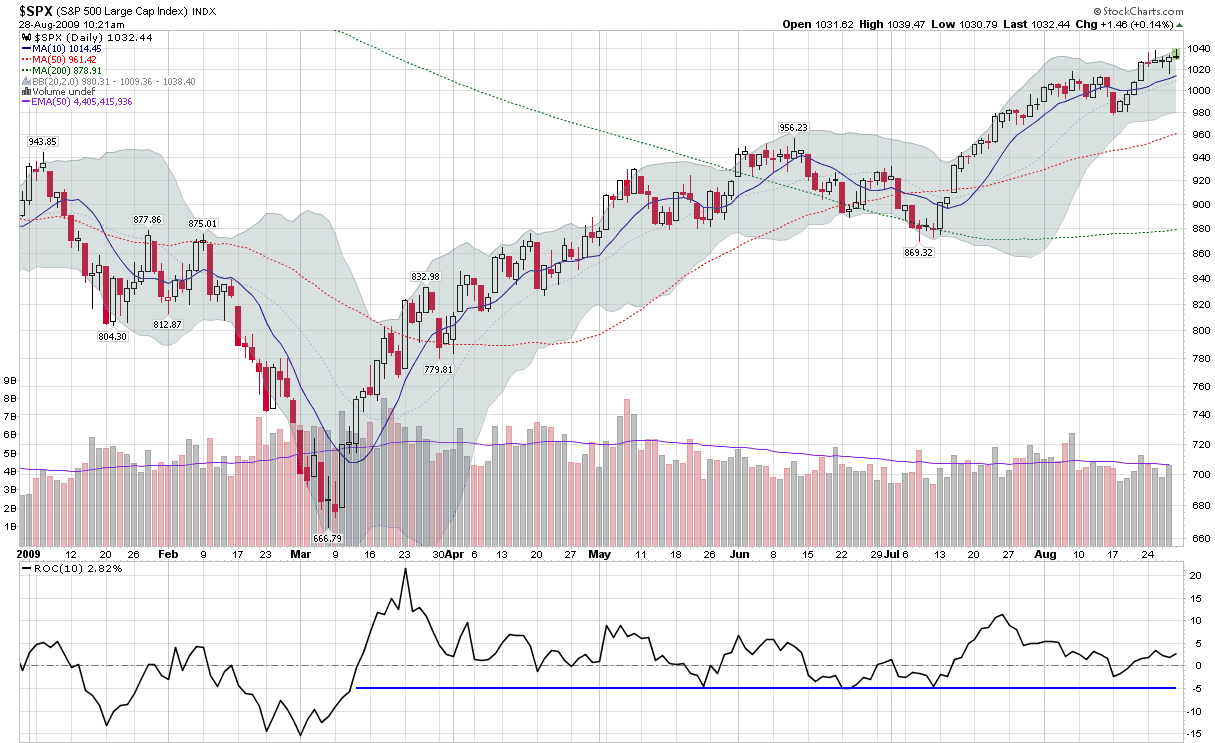
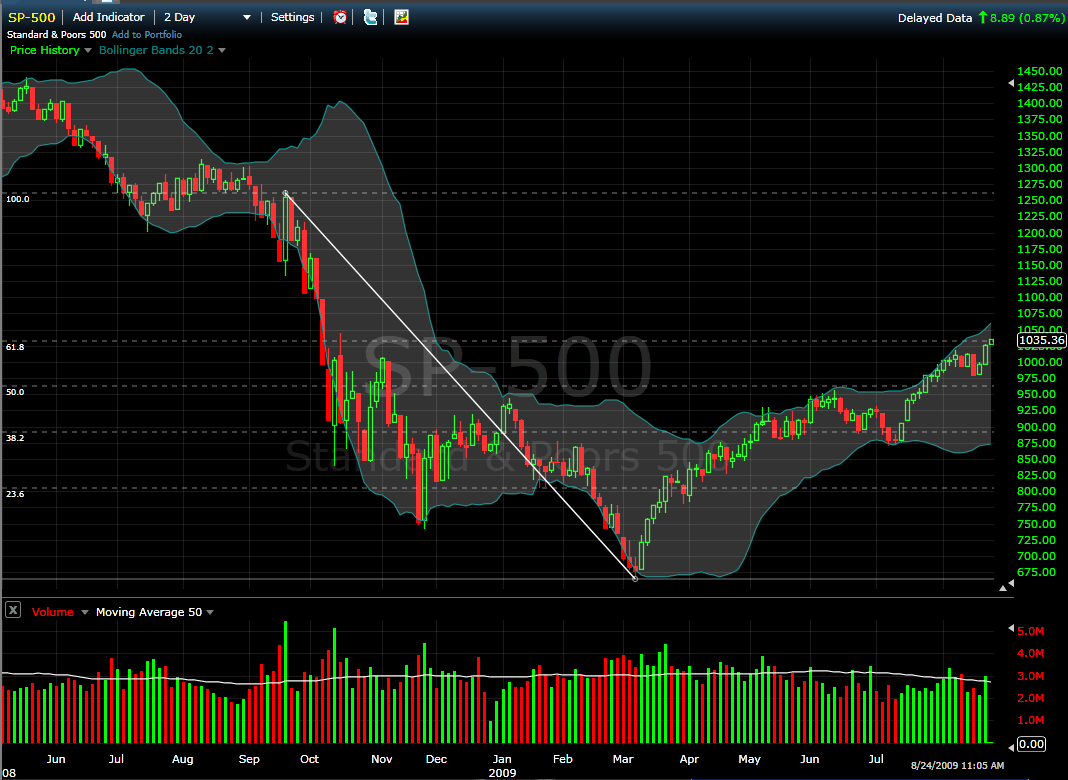
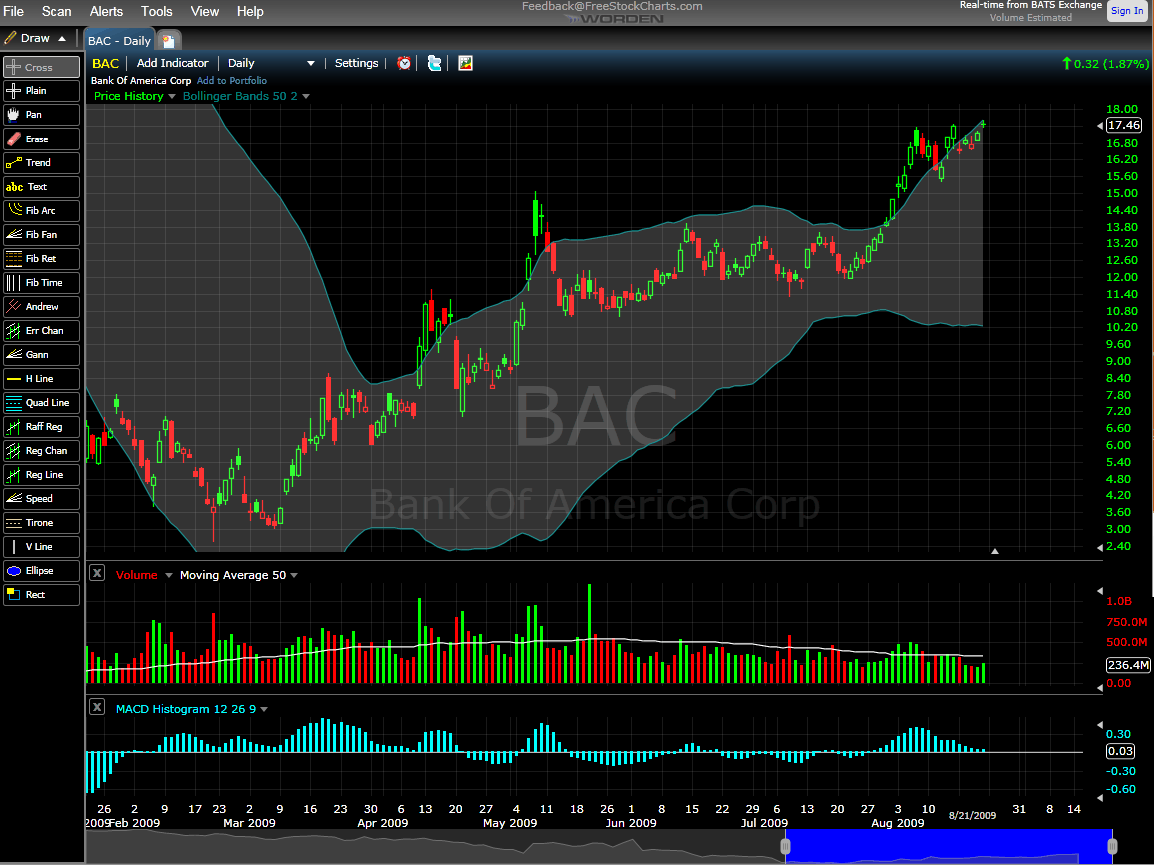


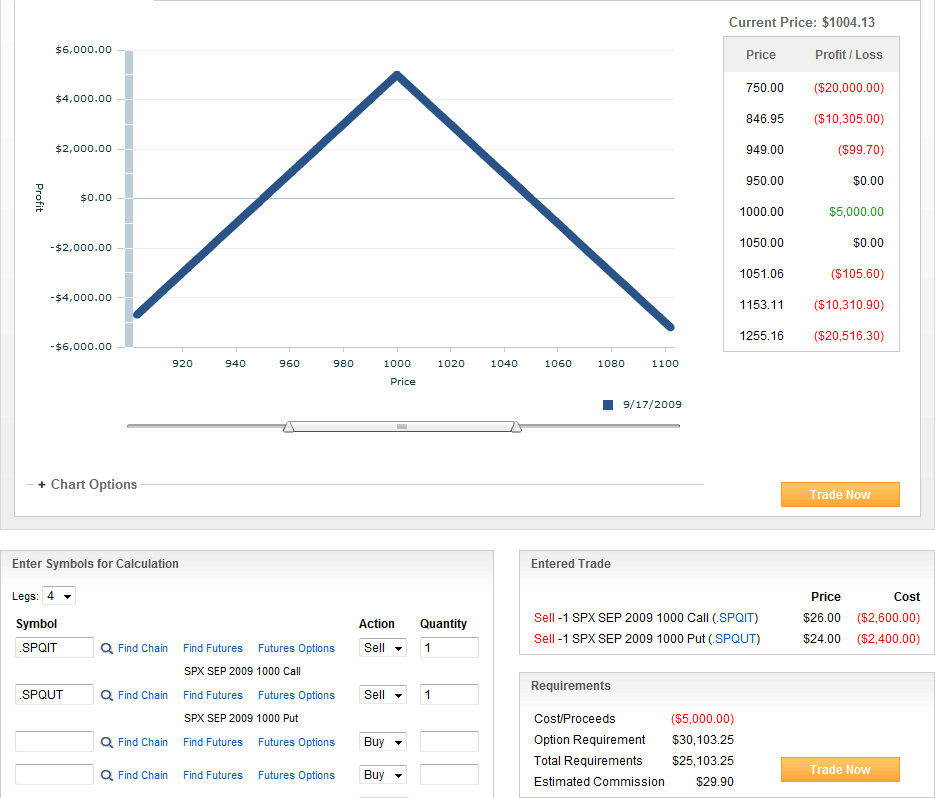
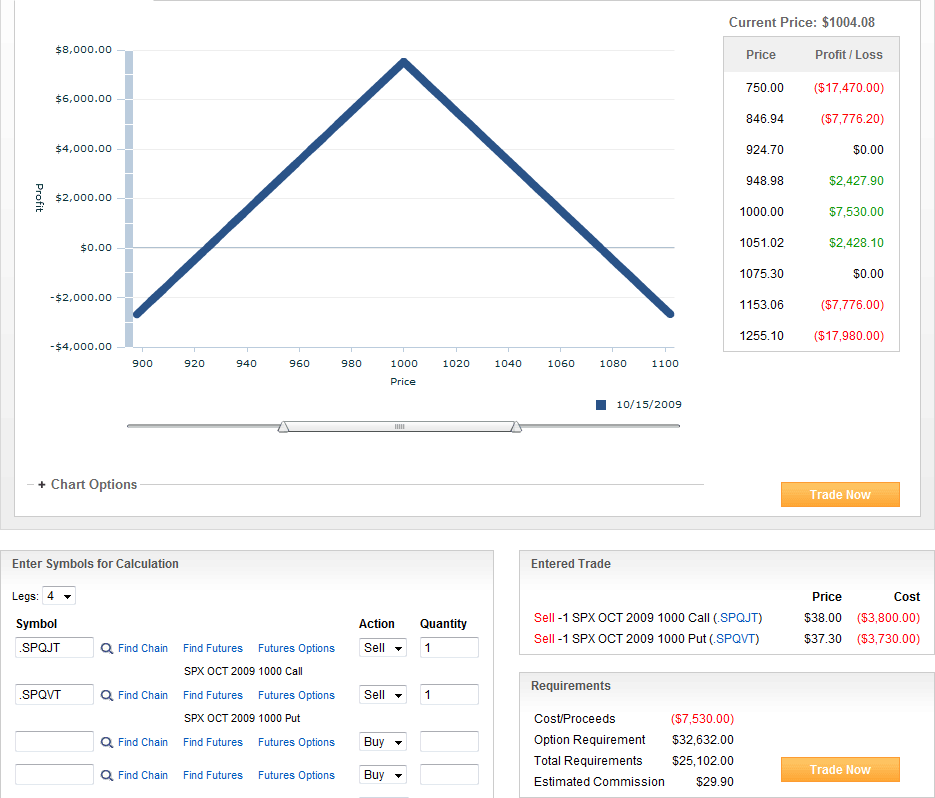
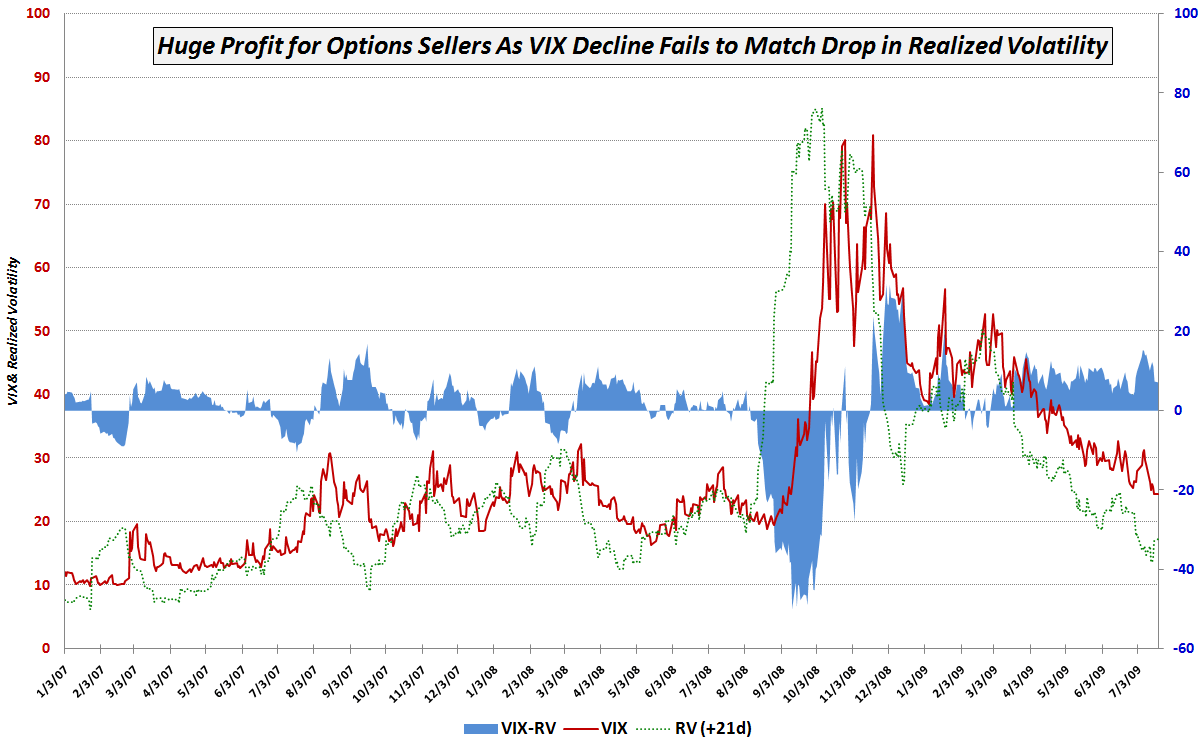
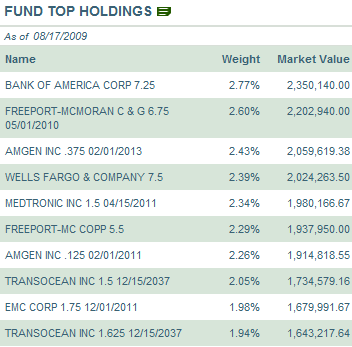 The table to the right shows the ETFs top holdings as of yesterday’s close, which include a top three of Bank of America (
The table to the right shows the ETFs top holdings as of yesterday’s close, which include a top three of Bank of America (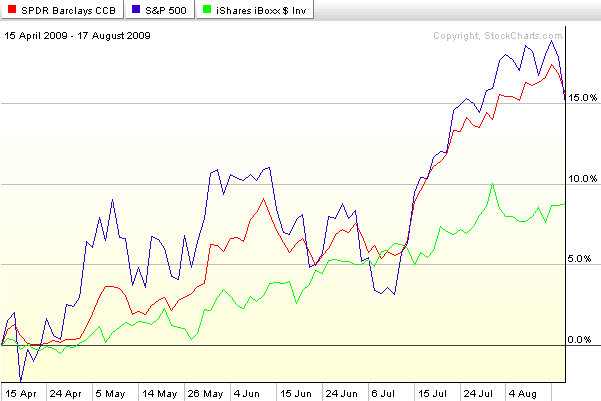
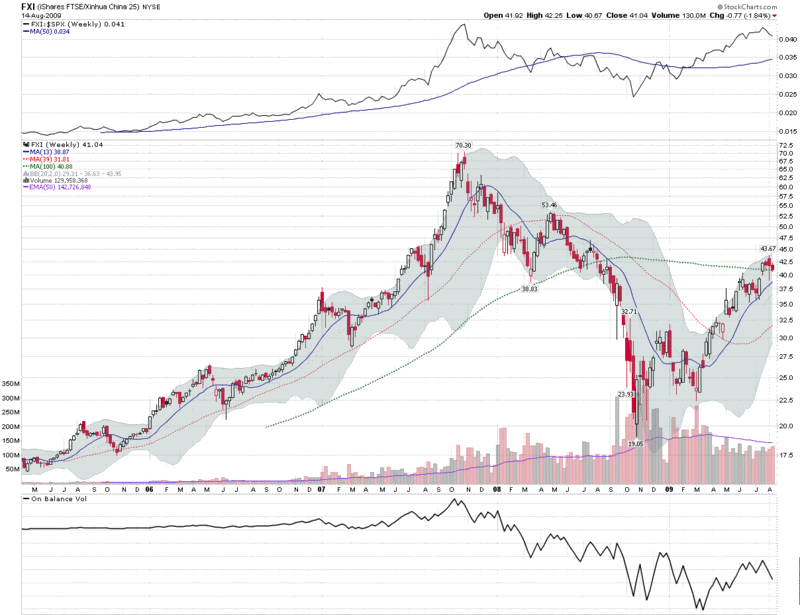
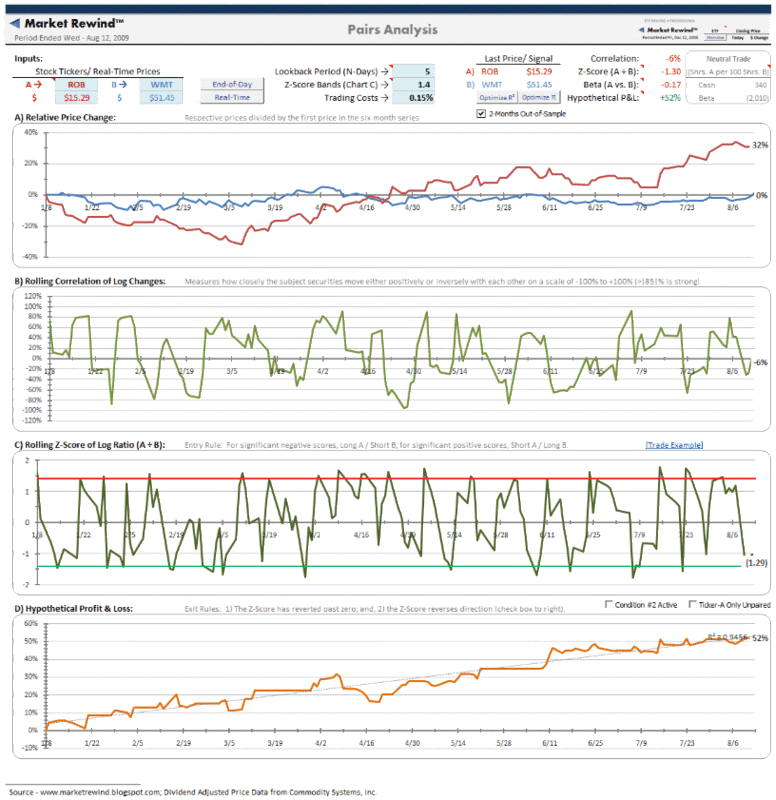
 house, whose customers range from traditional royalty to Paris Hilton and Madonna pitted against the world’s largest retailer, the Bentonville, Arkansas-based discounting behemoth, whose customers seem as likely to achieve fame on the
house, whose customers range from traditional royalty to Paris Hilton and Madonna pitted against the world’s largest retailer, the Bentonville, Arkansas-based discounting behemoth, whose customers seem as likely to achieve fame on the 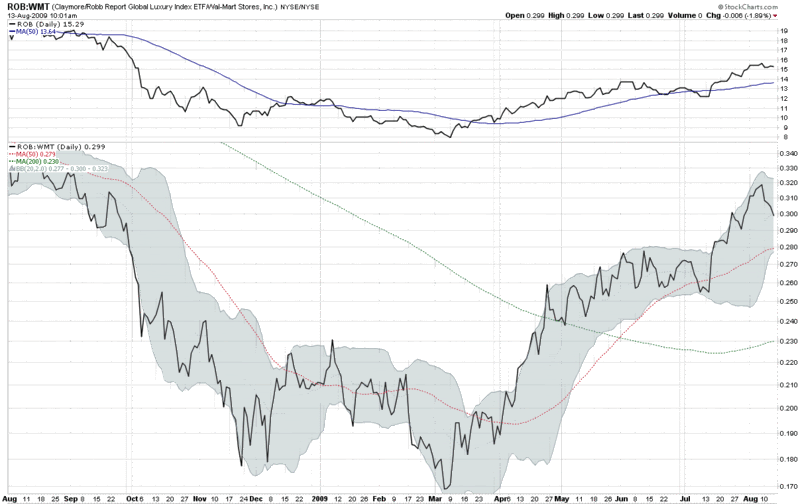
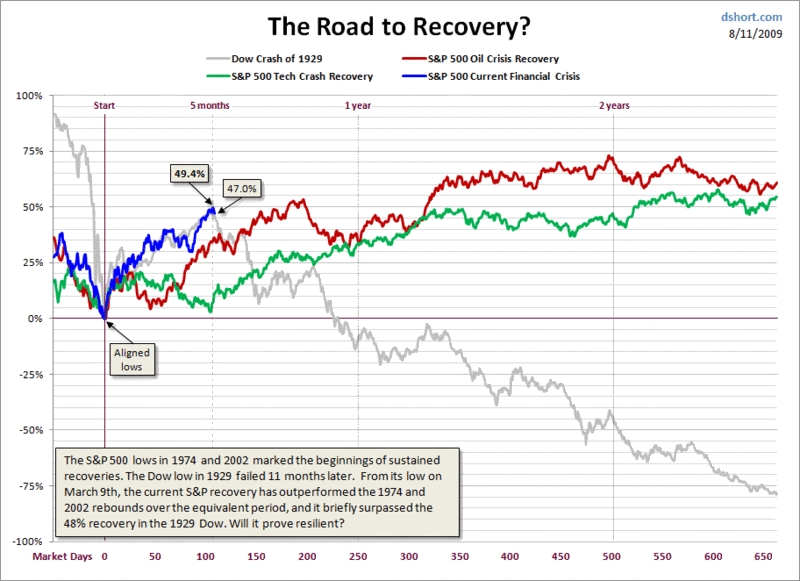
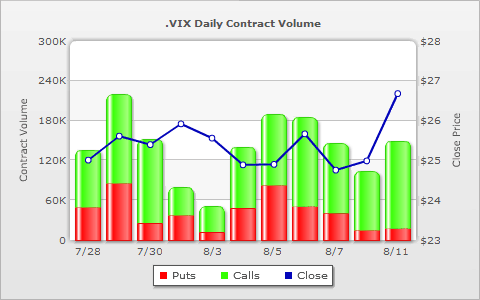
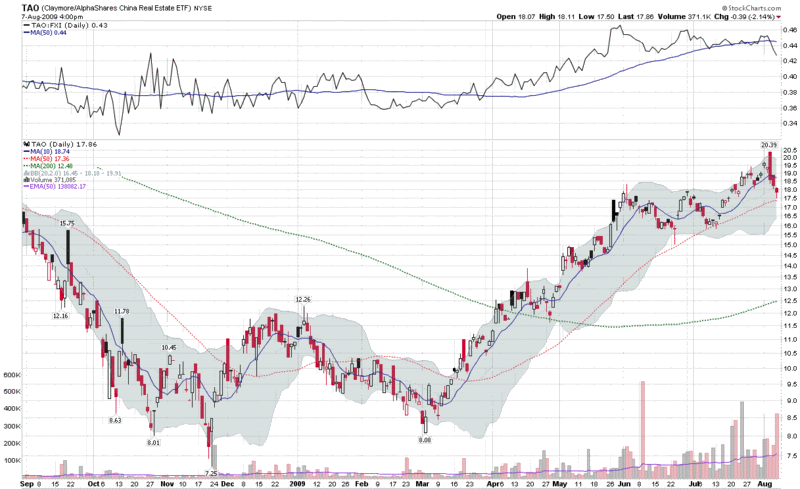
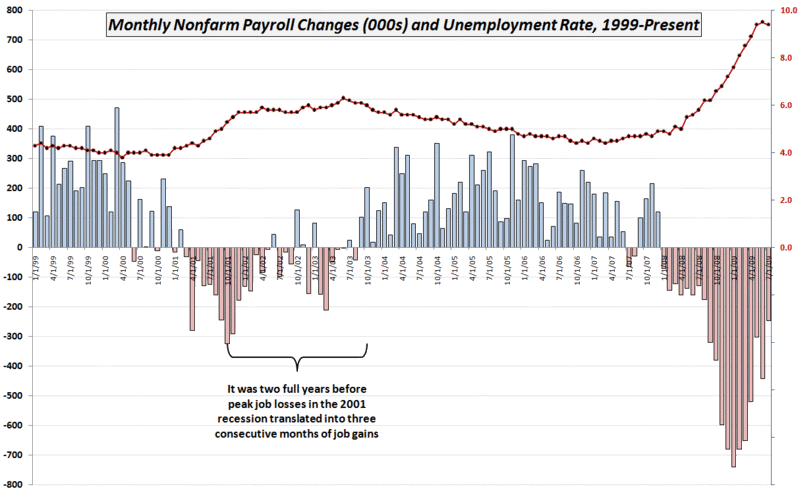
 I had an interesting sequence of events happen to me today. I’m not sure they mean anything, but I thought I’d pass them along for posterity and the remote possibility that it may be of service to someone else further on down the line.
I had an interesting sequence of events happen to me today. I’m not sure they mean anything, but I thought I’d pass them along for posterity and the remote possibility that it may be of service to someone else further on down the line.